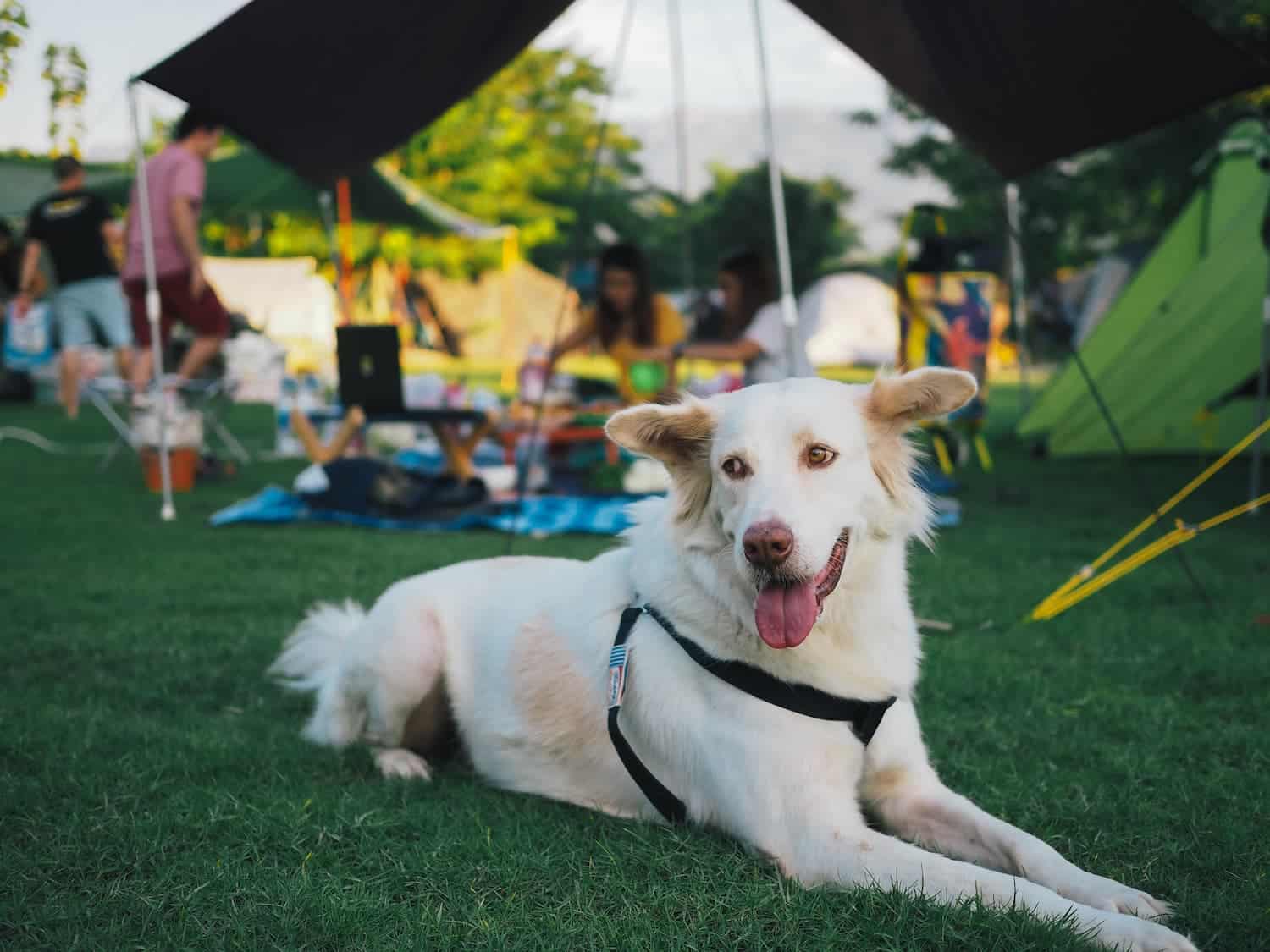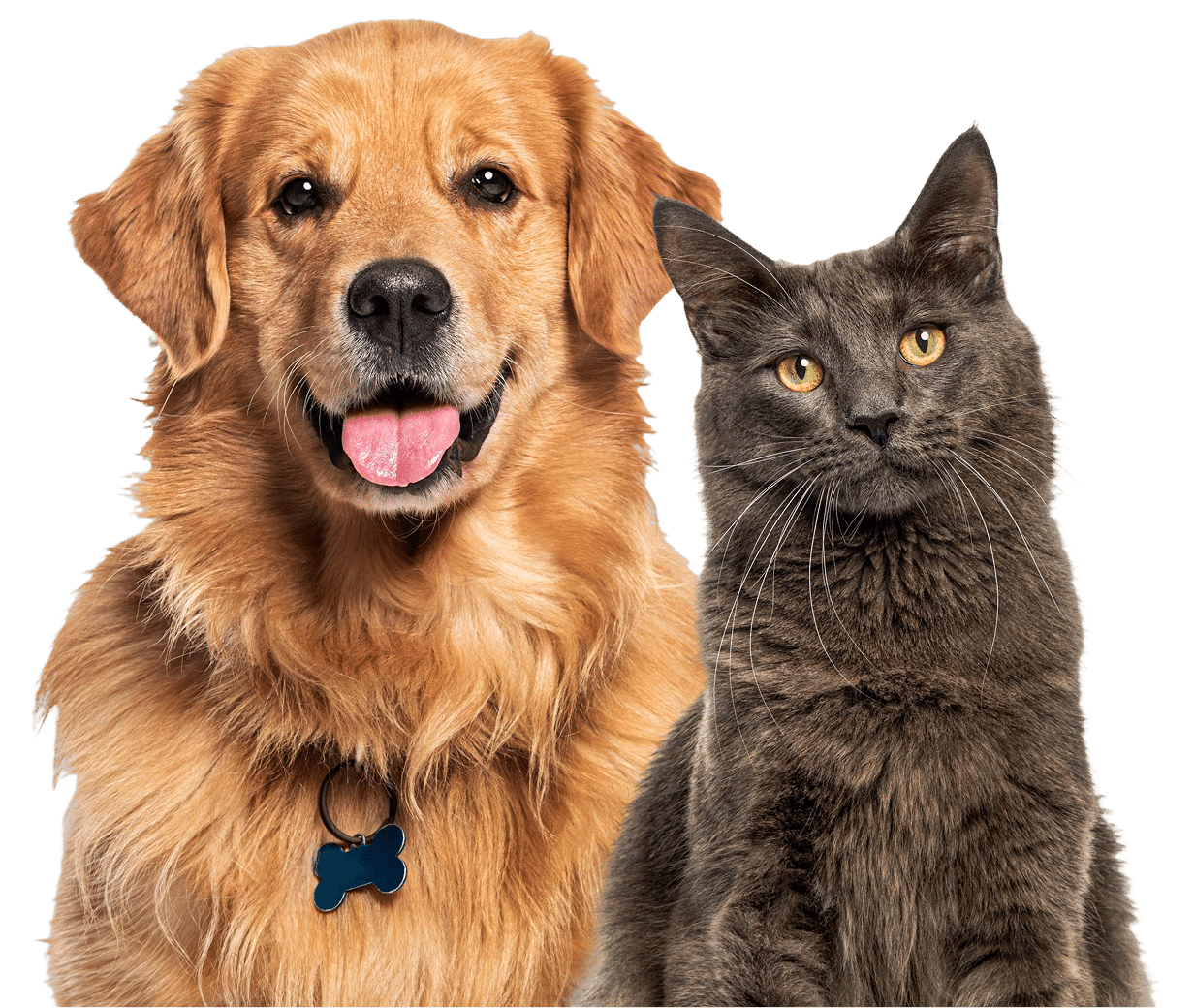
What to Do If Your Pet Eats a Toxic Autumn Treat
Autumn brings cooler air, colorful leaves, and festive foods. But while fall is a favorite season for many families, it can also be risky for pets. With Halloween candy, spiced baked goods, and seasonal snacks all around the house, it only takes a second for a curious pet to eat something harmful.
If your dog or cat gets into something toxic, it’s scary. But knowing what to do right away can make a big difference in protecting your pet’s health. Whether it’s chocolate, grapes, or something sweetened with xylitol, your next steps matter.
Here’s what you should do if your pet eats a toxic autumn treat.
Know Which Treats Are Dangerous
You don’t need to memorize a long list of ingredients, but it’s helpful to know which common seasonal foods can be harmful to pets. Some of the most toxic fall treats include:
- Chocolate (especially dark chocolate or baking chocolate)
- Xylitol (a sugar substitute found in sugar-free candy and baked goods)
- Raisins and grapes (common in trail mix, breads, and cookies)
- Macadamia nuts
- Alcohol (including raw yeast dough)
- Pumpkin spice treats that contain nutmeg or caffeine
Even small amounts of these can cause serious issues. Chocolate and xylitol are especially dangerous for dogs. Raisins, even just a few, can cause sudden kidney failure. Cats are also at risk, especially from items like flavored drinks or foods containing onions or garlic.
If your pet has gotten into any of these, don’t wait for symptoms to appear. Contact our veterinary team right away.
Watch for Signs of Toxicity
Some toxins act quickly. Others may take hours to show any symptoms. That’s why it’s so important to be aware of changes in your pet’s behavior or physical health.
Signs your pet may have eaten something toxic include:
- Vomiting or diarrhea
- Shaking or tremors
- Excessive drooling
- Restlessness or sudden lethargy
- Seizures
- Trouble walking or acting disoriented
- Pale gums or rapid breathing
Even if your pet seems normal at first, problems can develop over time. If you suspect they ate something toxic, it’s always best to act before symptoms appear.
Step-by-Step: What to Do Right Now
If your pet eats a toxic autumn treat, don’t panic. Quick, calm action can help prevent serious complications.
Step 1: Stay calm.
Panicking won’t help your pet. Staying calm helps you think clearly and act fast.
Step 2: Remove any remaining food.
If your pet is still eating the item, take it away. Keep any packaging or ingredient labels for reference.
Step 3: Do not try home remedies.
Do not induce vomiting unless instructed by a veterinarian. Some toxins can cause more harm coming back up.
Step 4: Contact a veterinary professional immediately.
If you’re in Ormond Beach or nearby, call Animal Emergency Hospital Volusia. Our emergency team is available 24/7 and trained to handle pet poison emergencies.
Step 5: Be ready to share information.
When you call, give as much detail as possible. Try to answer questions like:
- What did your pet eat?
- How much did they consume?
- When did it happen?
- How much does your pet weigh?
- Are they showing any symptoms?
Our team will tell you whether to come in immediately and what to do in the meantime.
Why Acting Quickly Is So Important
Some toxins, like xylitol, can cause a sudden drop in blood sugar in less than 30 minutes. Chocolate can affect the heart and nervous system. Raisins and grapes can shut down kidney function, even in healthy pets.
Treating toxin exposure early gives your pet the best chance at a full recovery. Depending on the situation, your pet may need:
- Bloodwork and diagnostics
- Induced vomiting or activated charcoal
- IV fluids and hospitalization
- Medications to control seizures or heart irregularities
Our veterinary team at Animal Emergency Hospital Volusia is experienced with these treatments and works quickly to stabilize your pet and manage their care.
Who to Call in Ormond Beach
If your pet has eaten a toxic autumn treat and you’re looking for immediate help, call Animal Emergency Hospital Volusia at (386) 252-0206. Our hospital is located in Ormond Beach and is open 24 hours a day, seven days a week, including holidays.
They provide emergency care when your primary veterinarian is closed or when a situation just can’t wait. Our team knows how emotional and urgent these moments can be. Whether it’s a bag of Halloween candy or a slice of pumpkin bread, they are prepared to respond quickly and help your pet recover.
Keep the Season Safe: How to Prevent Future Accidents
While emergencies can happen, there are simple ways to make your home safer for pets during the fall season.
- Store candy, baked goods, and snacks in cabinets or sealed containers.
- Keep trash bins closed and out of reach.
- Don’t leave food on countertops or tables unattended.
- Let friends, kids, and guests know what pets can and cannot eat.
- Avoid decorating with items that may contain toxic ingredients or mold, such as real corn or gourds.
Being proactive can save you a stressful emergency visit and keep your pet happy and healthy all season long.
Act Fast to Protect Your Pet
Toxic autumn treat emergencies often catch pet owners off guard. A pet sneaks a bite of candy, licks a dessert plate, or gets into the garbage and suddenly, you’re facing a dangerous situation.
The best thing you can do is act fast. Call Animal Emergency Hospital Volusia at (386) 252-0206 as soon as you suspect your pet may have eaten something harmful. Their compassionate, skilled team is ready to help your pet recover safely and quickly.
Your pet is a beloved part of the family. When something feels wrong, trust your instincts and get help right away.



